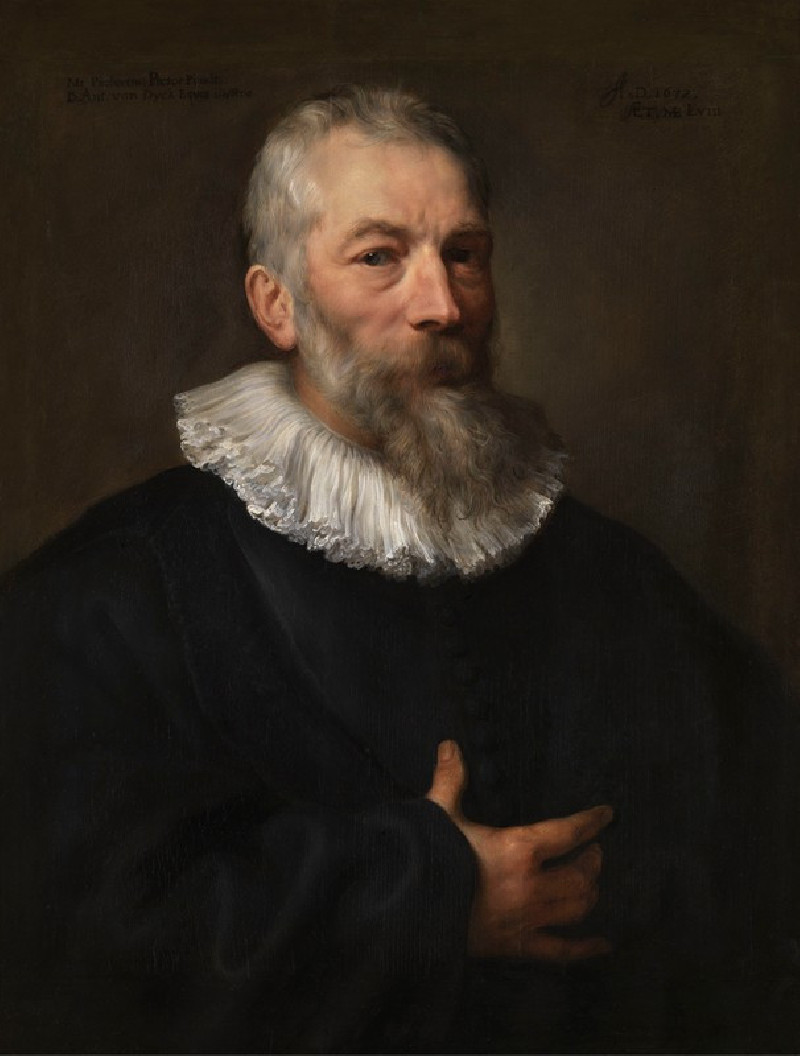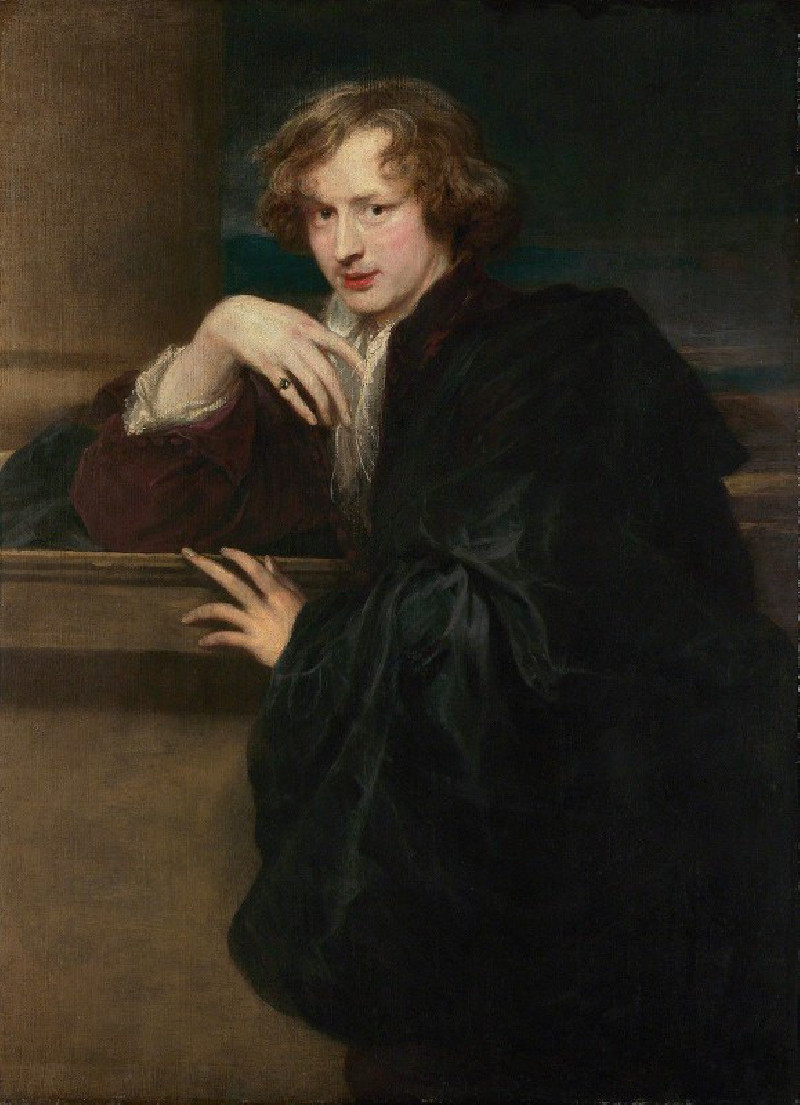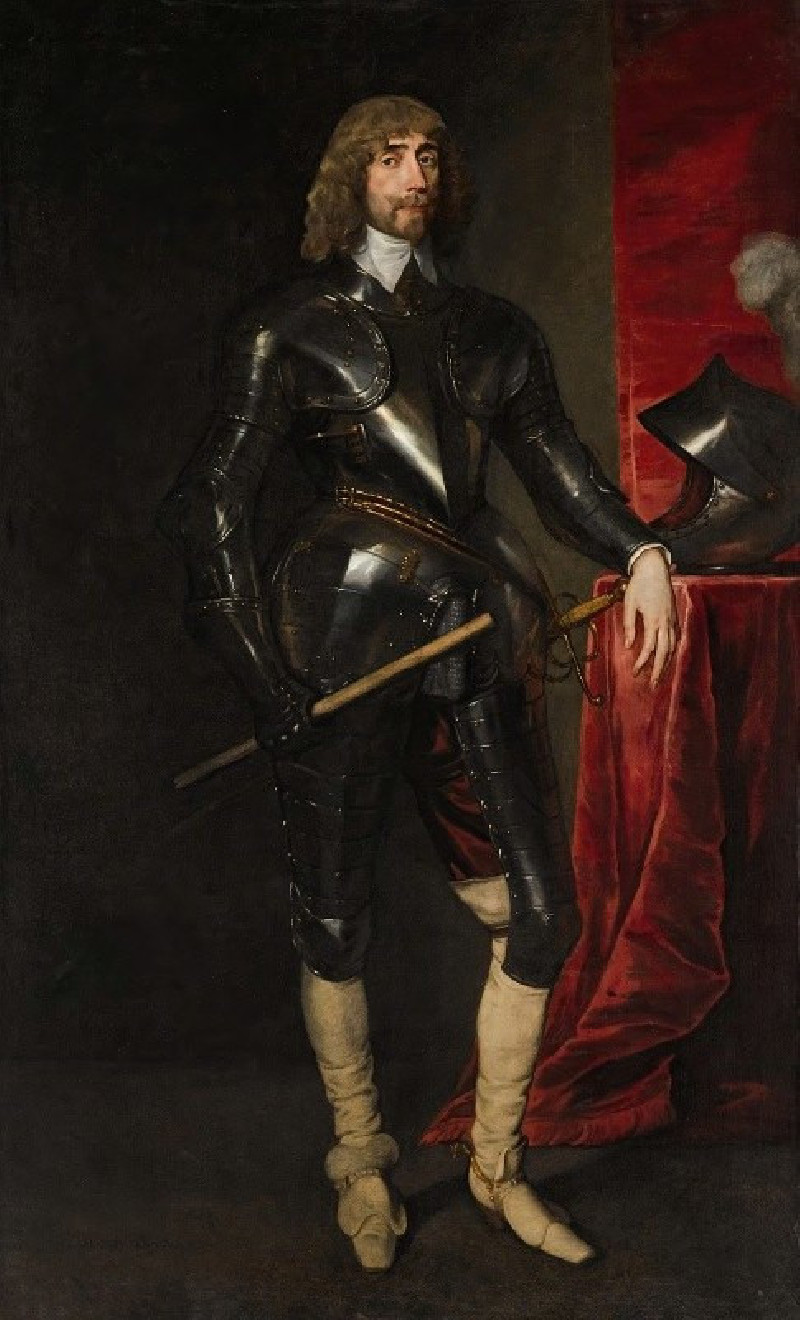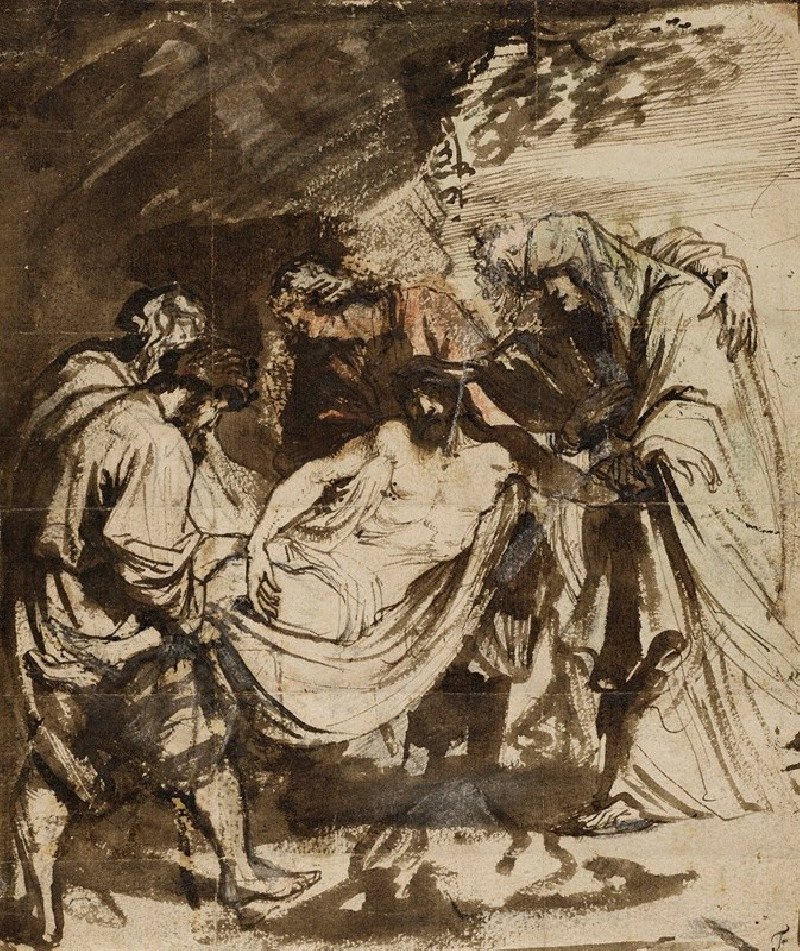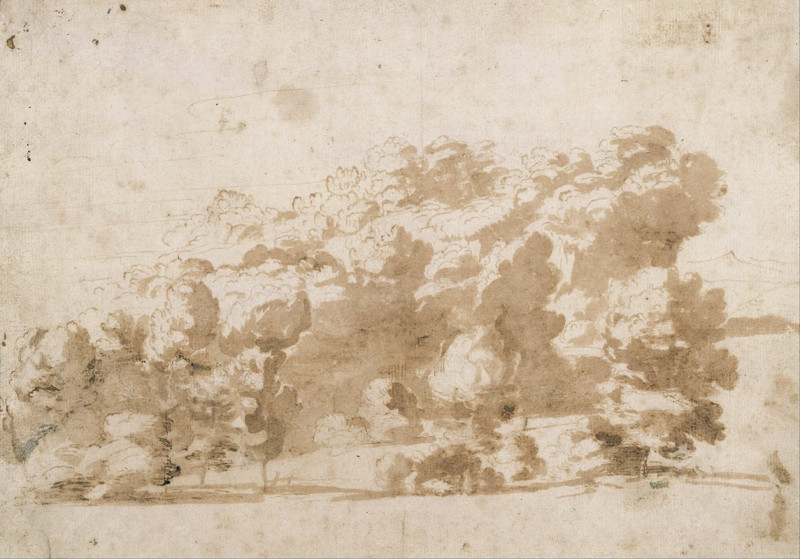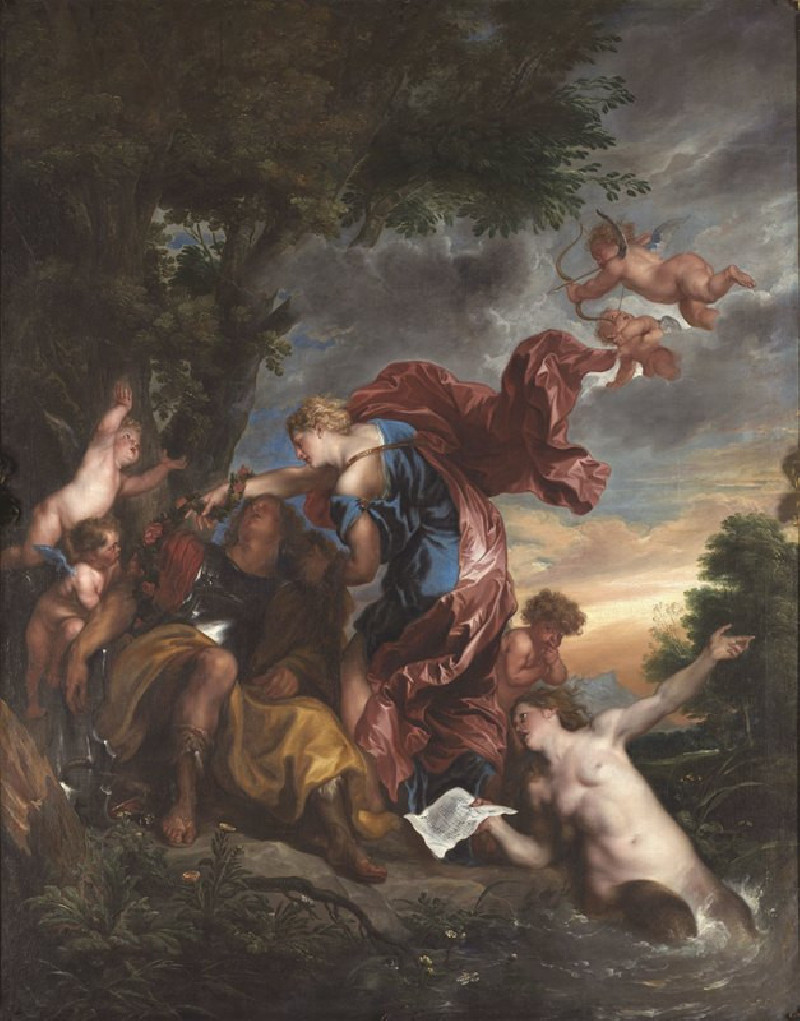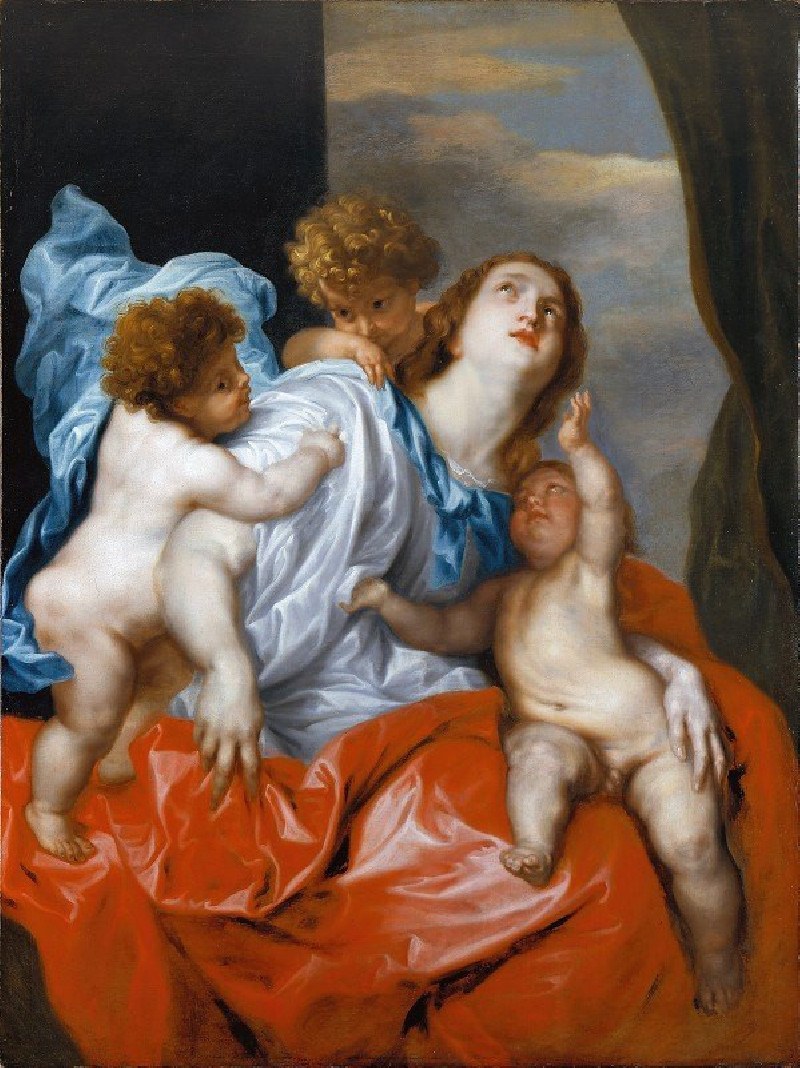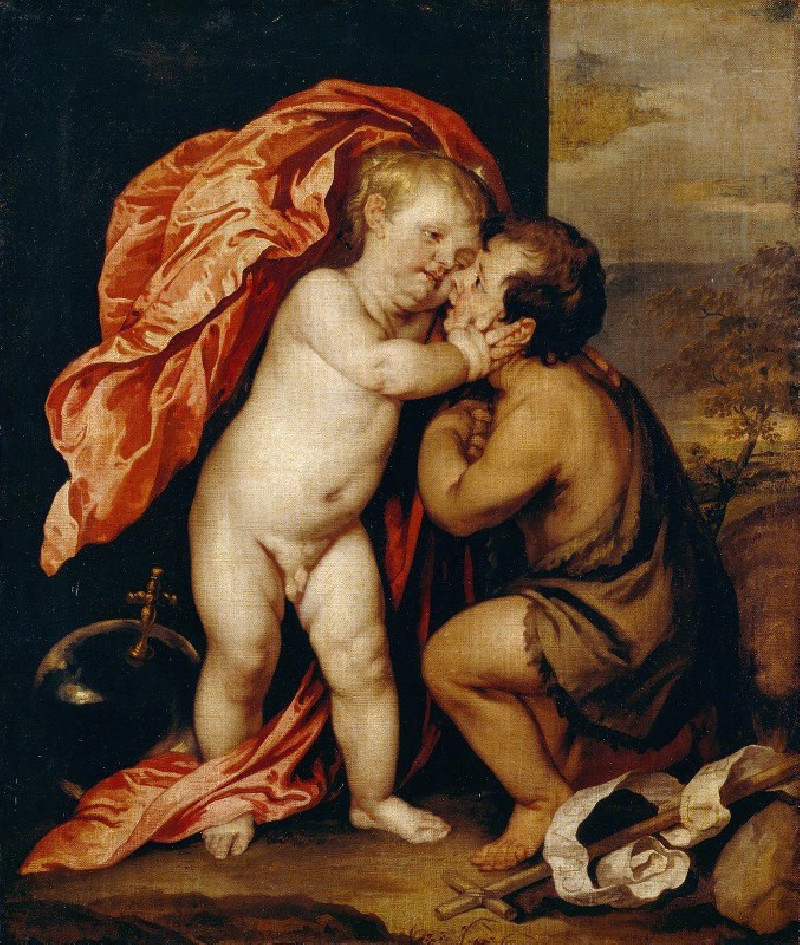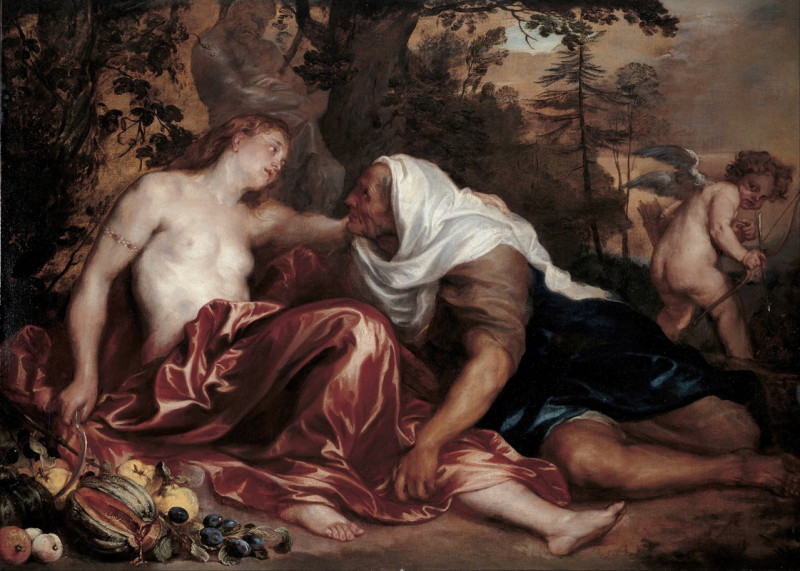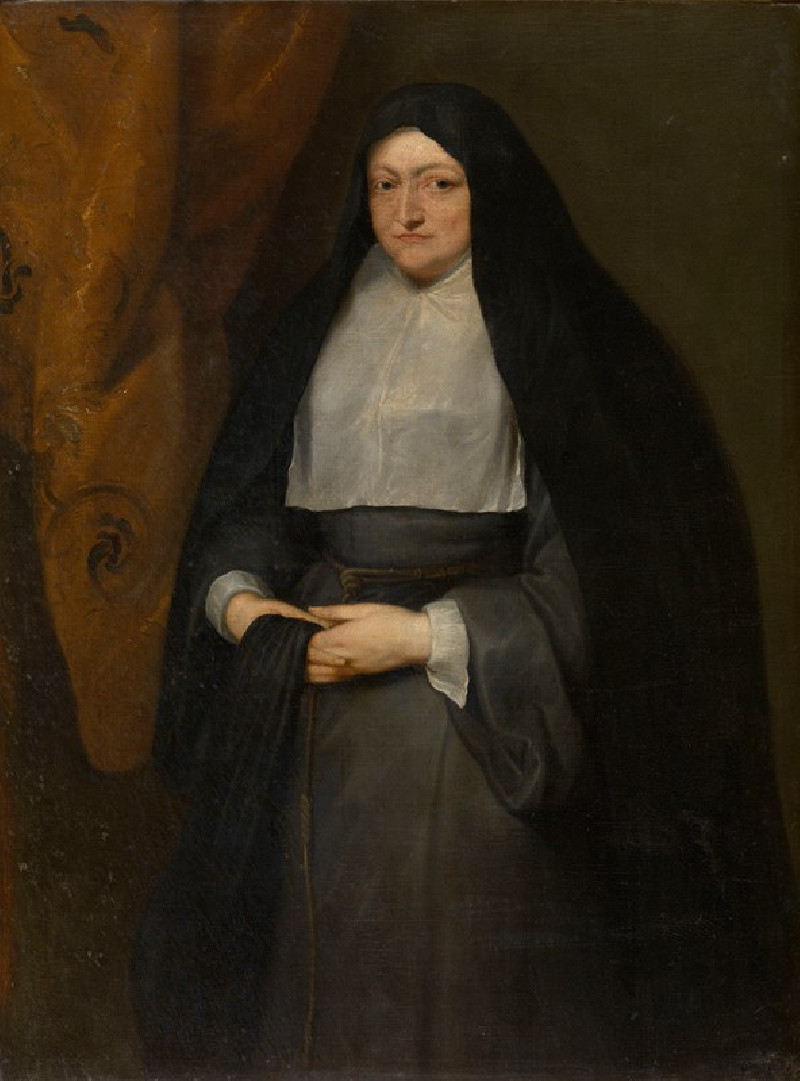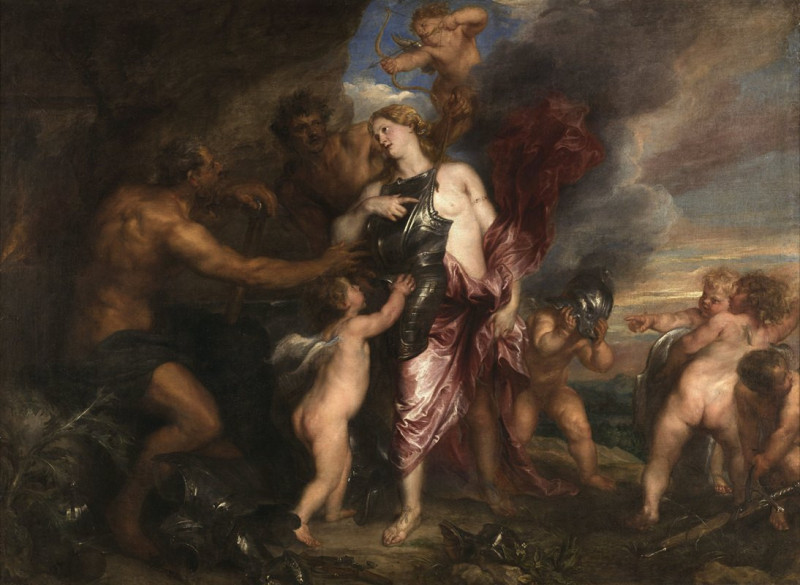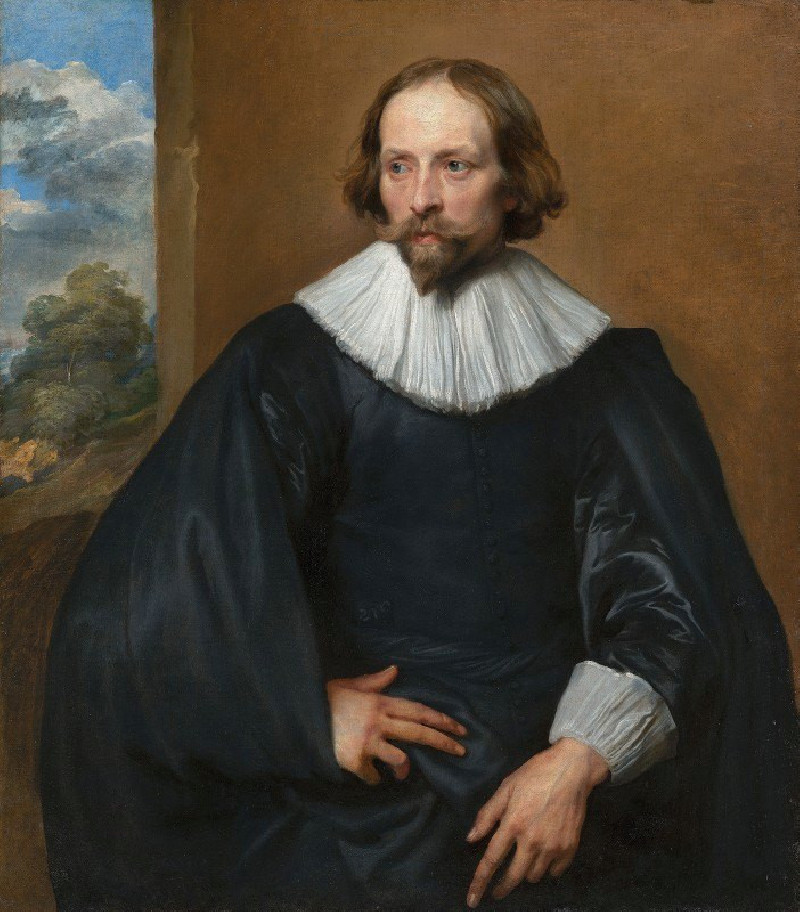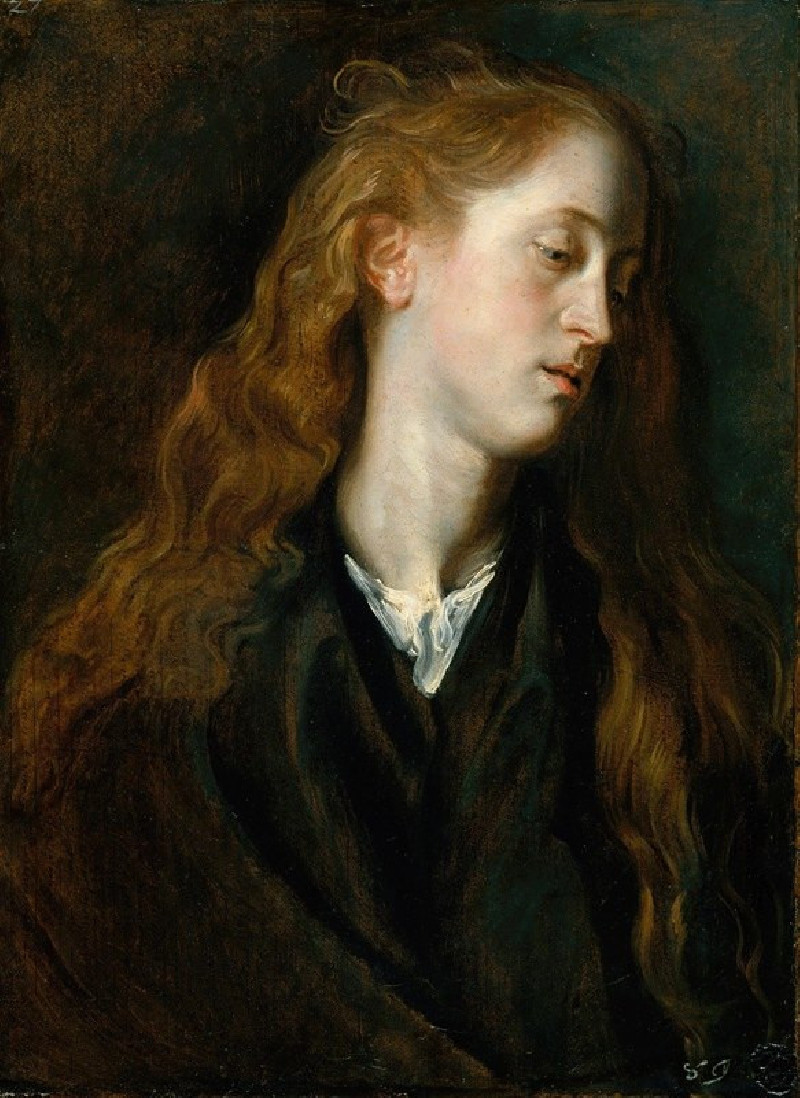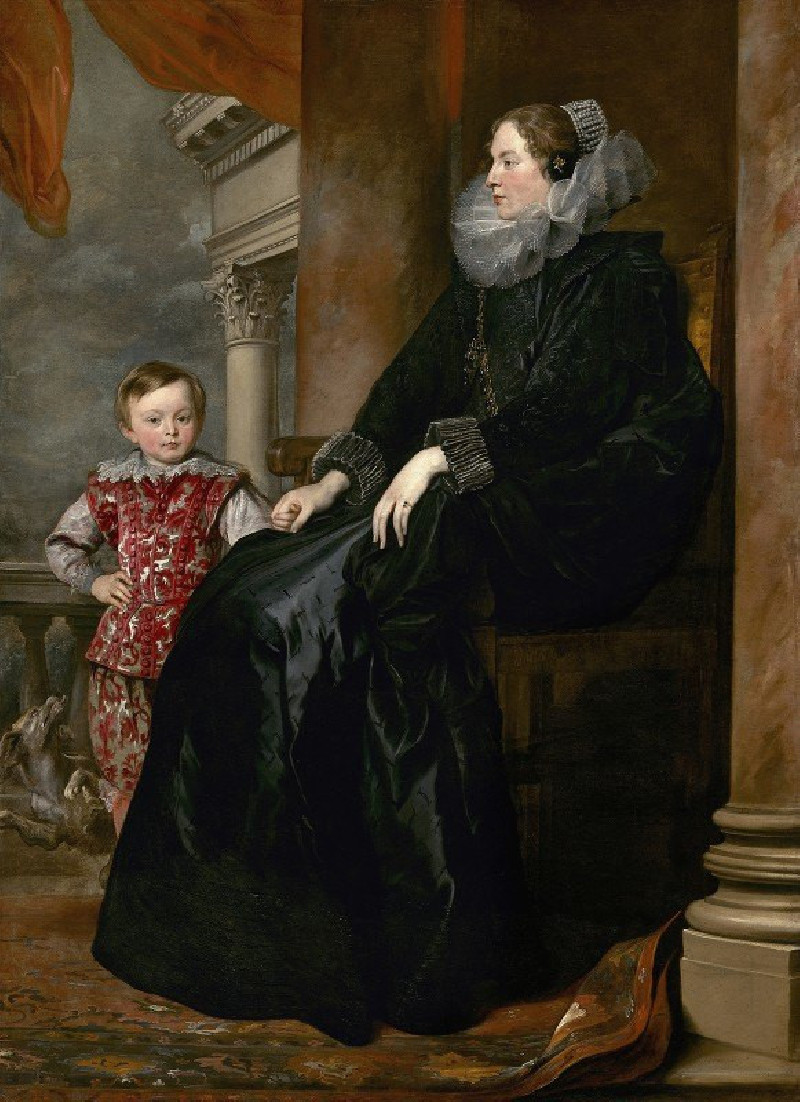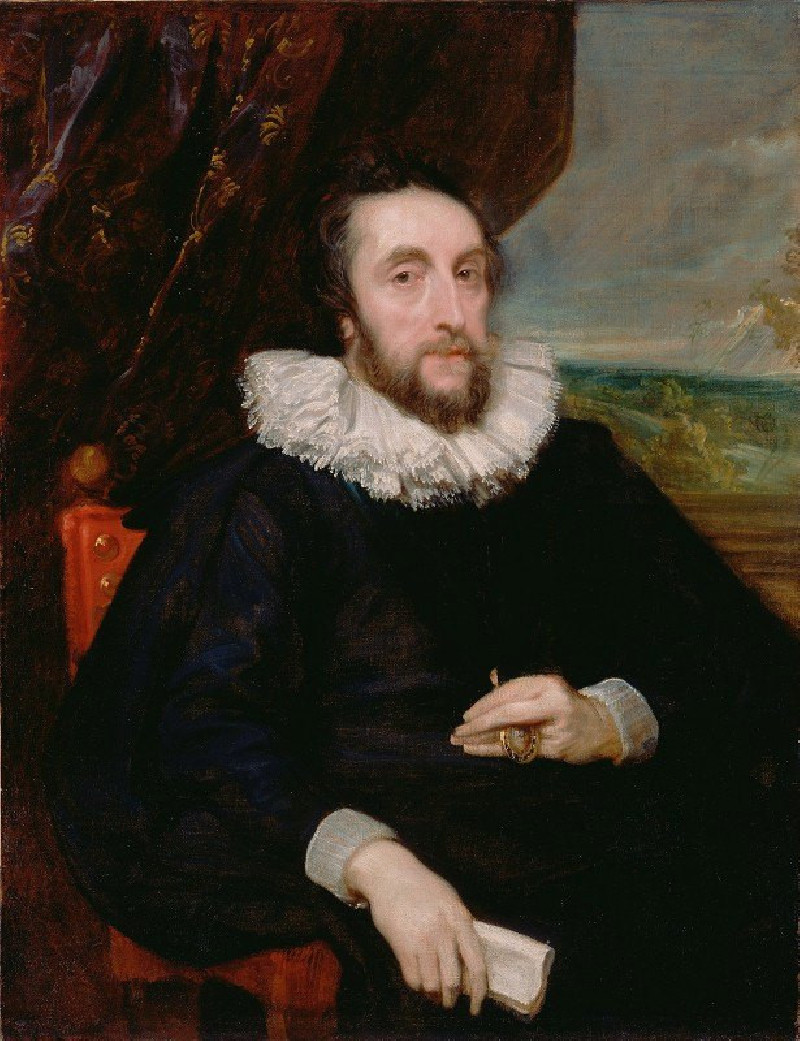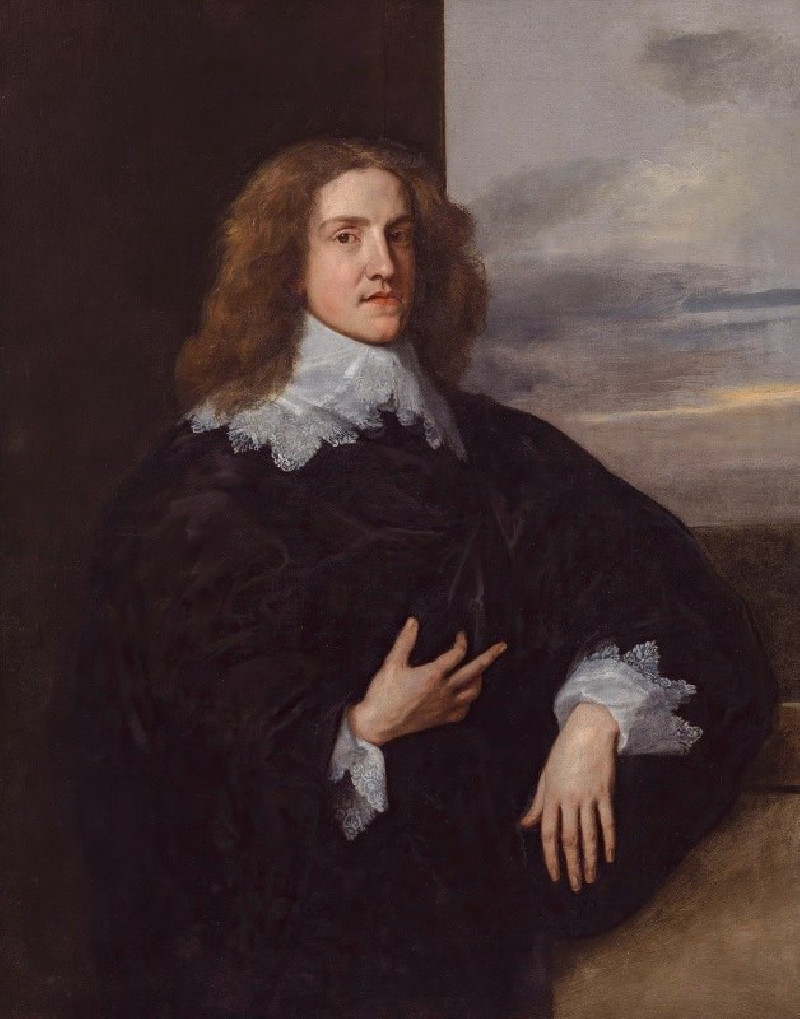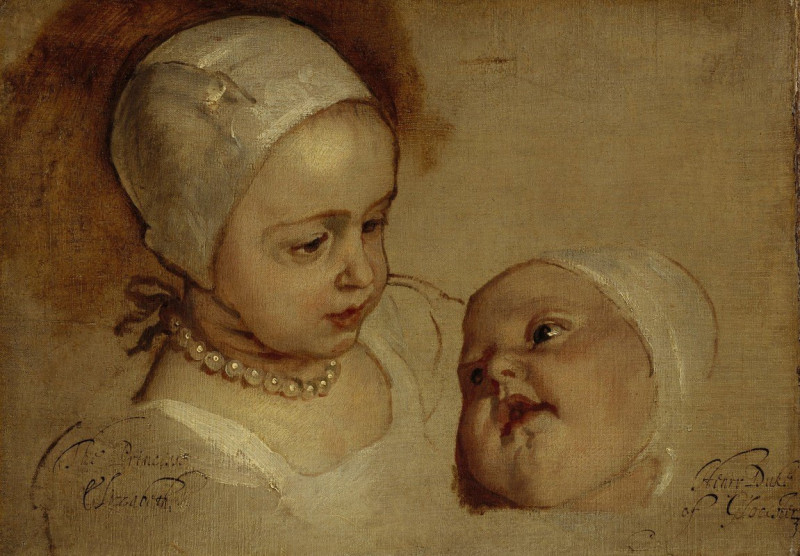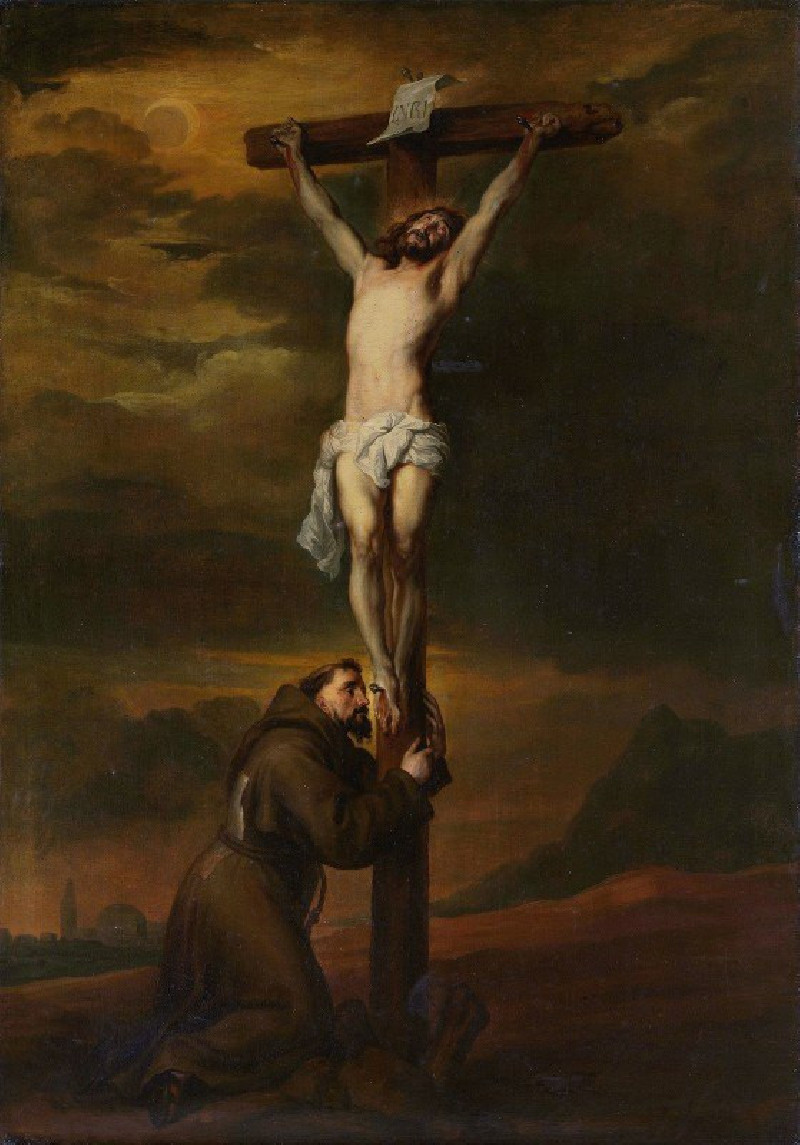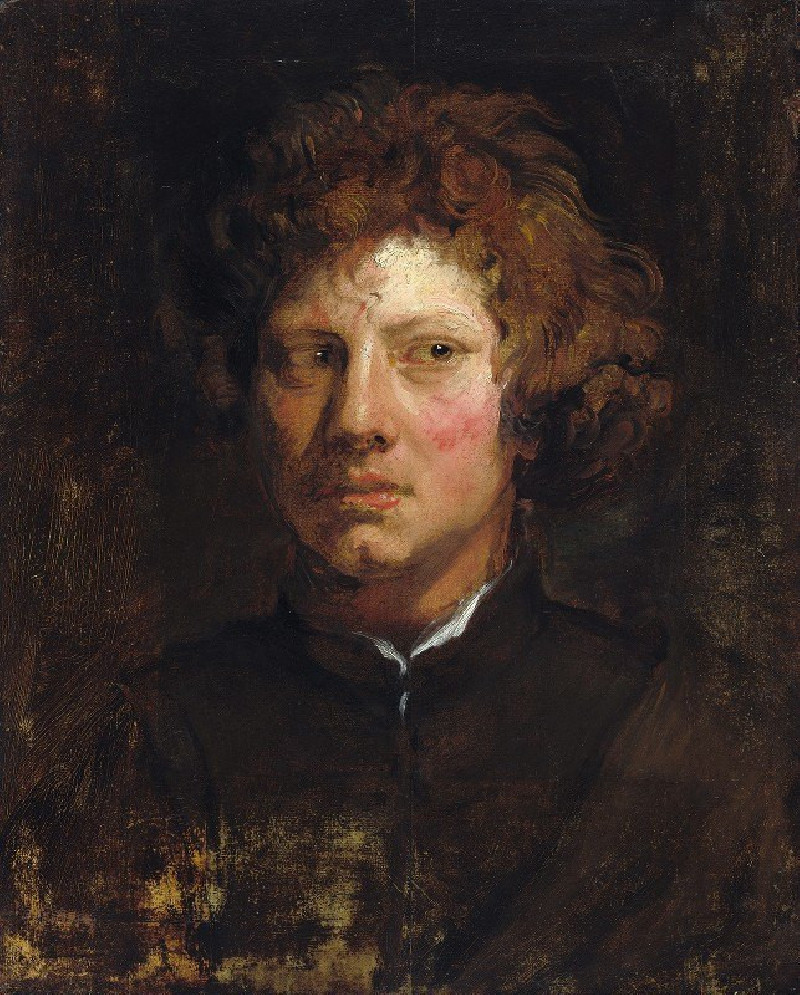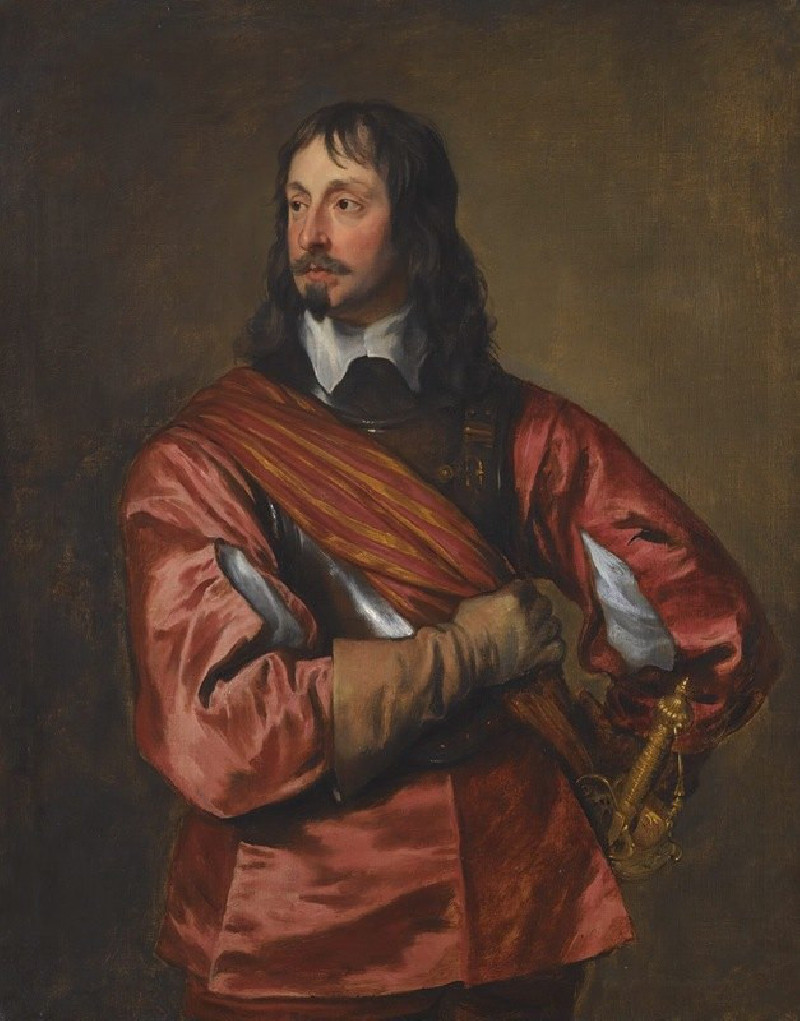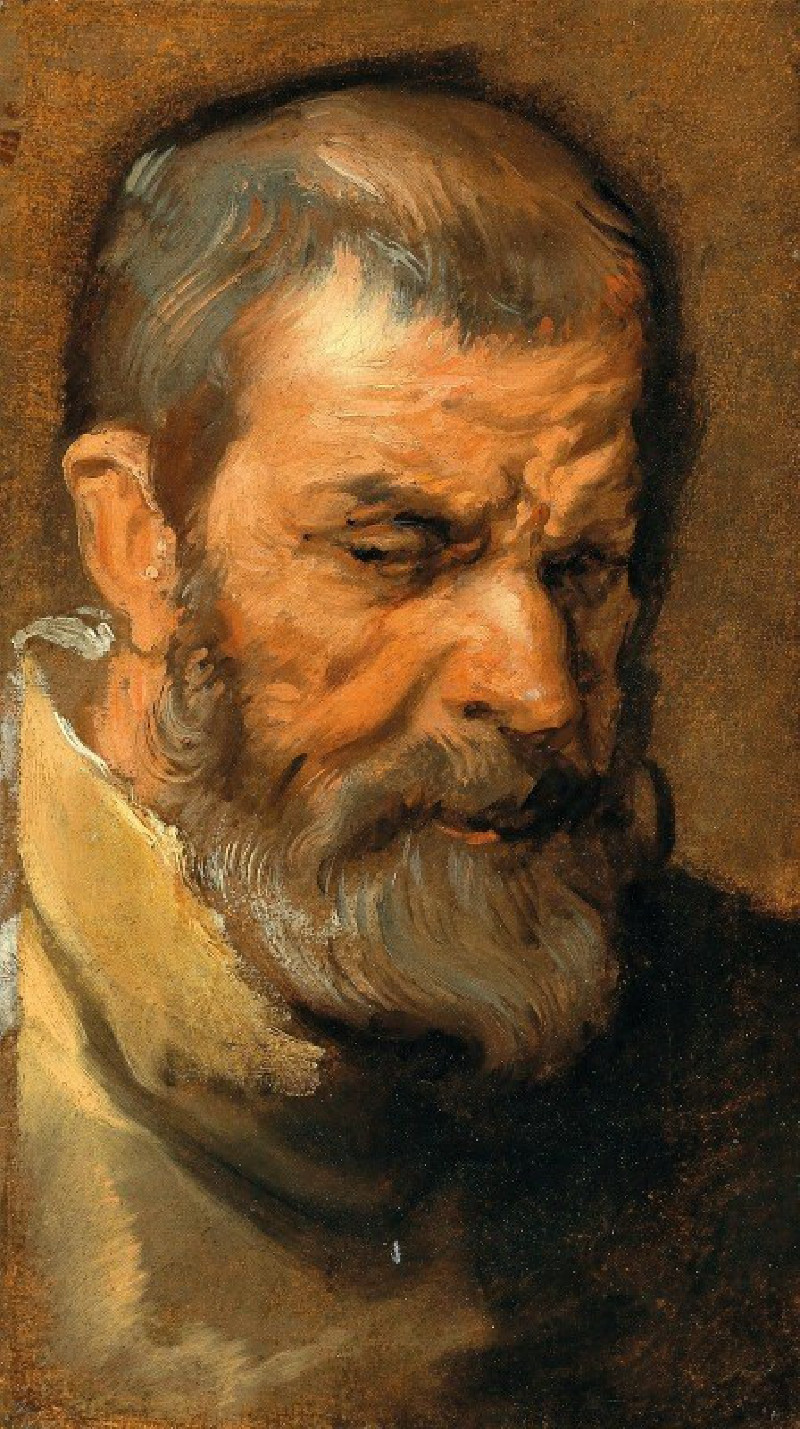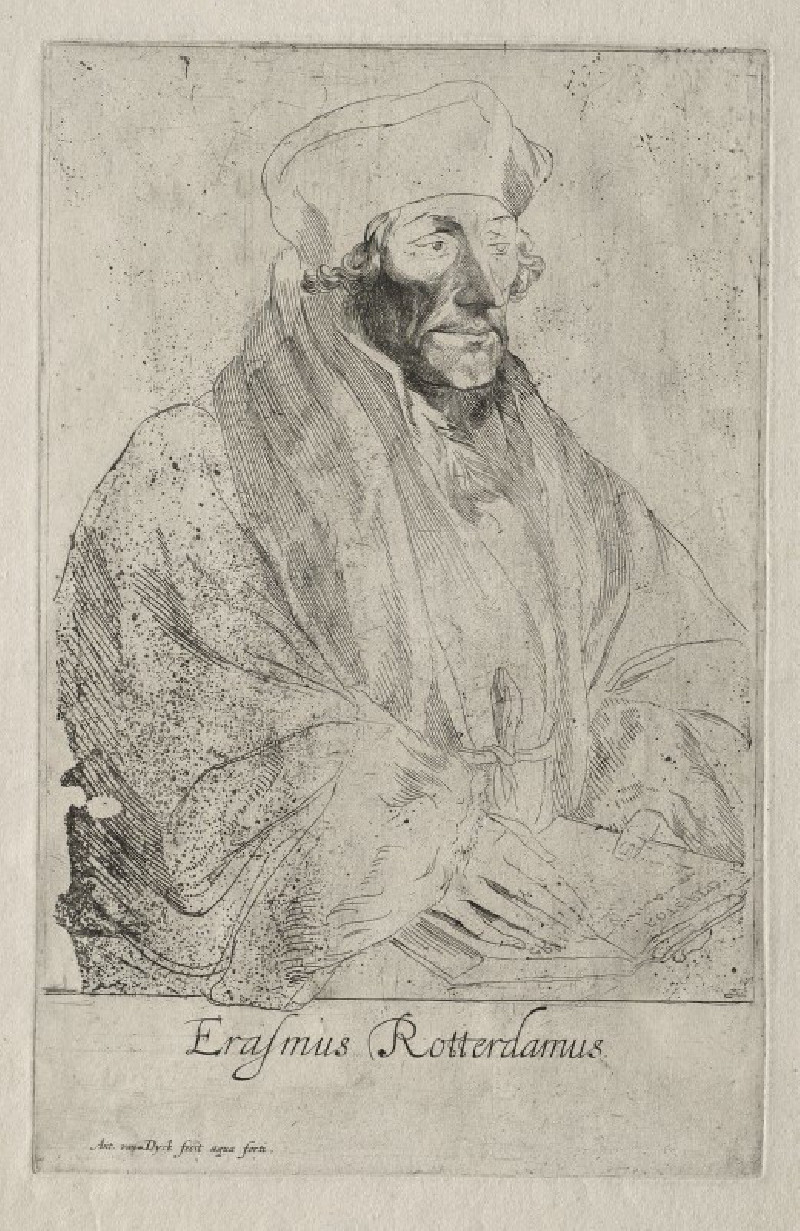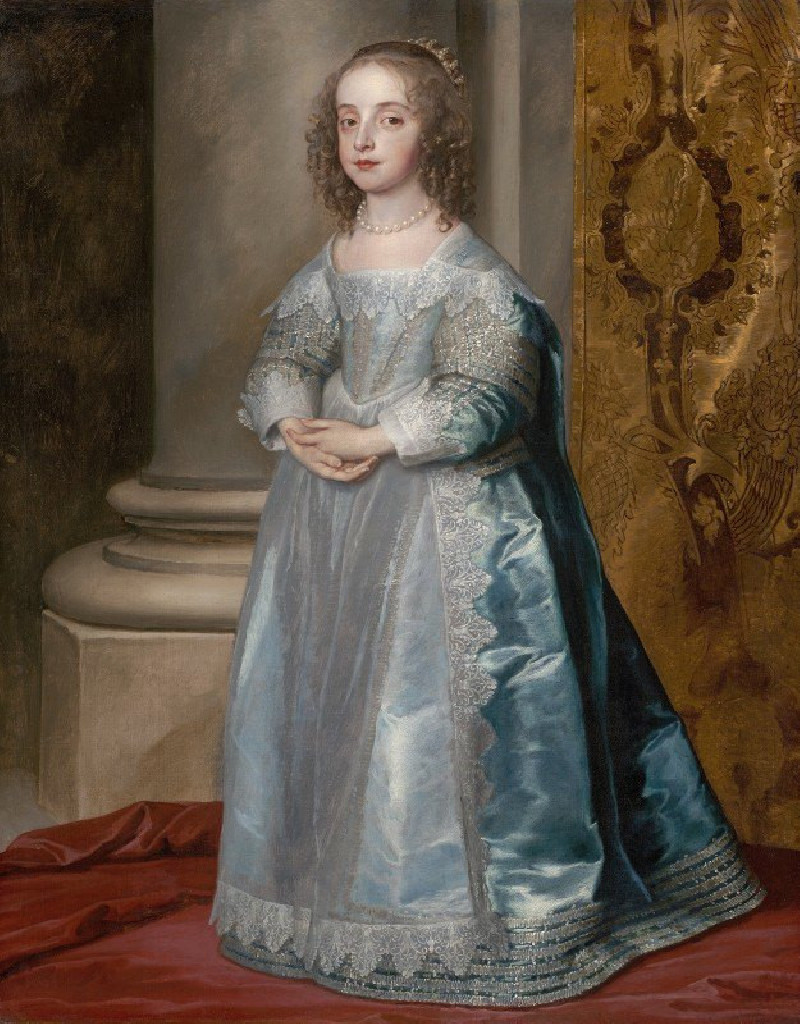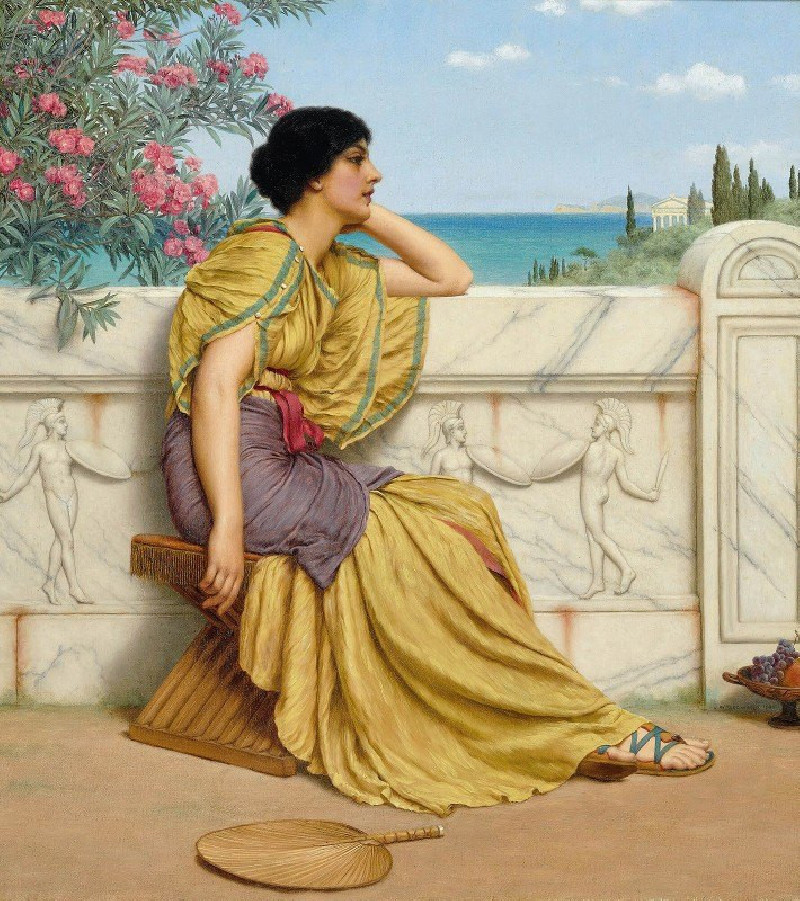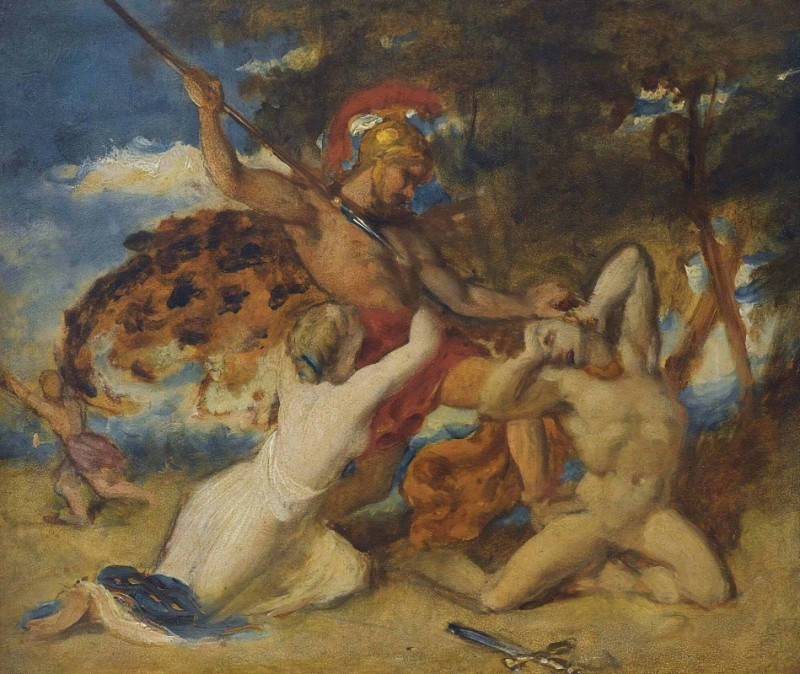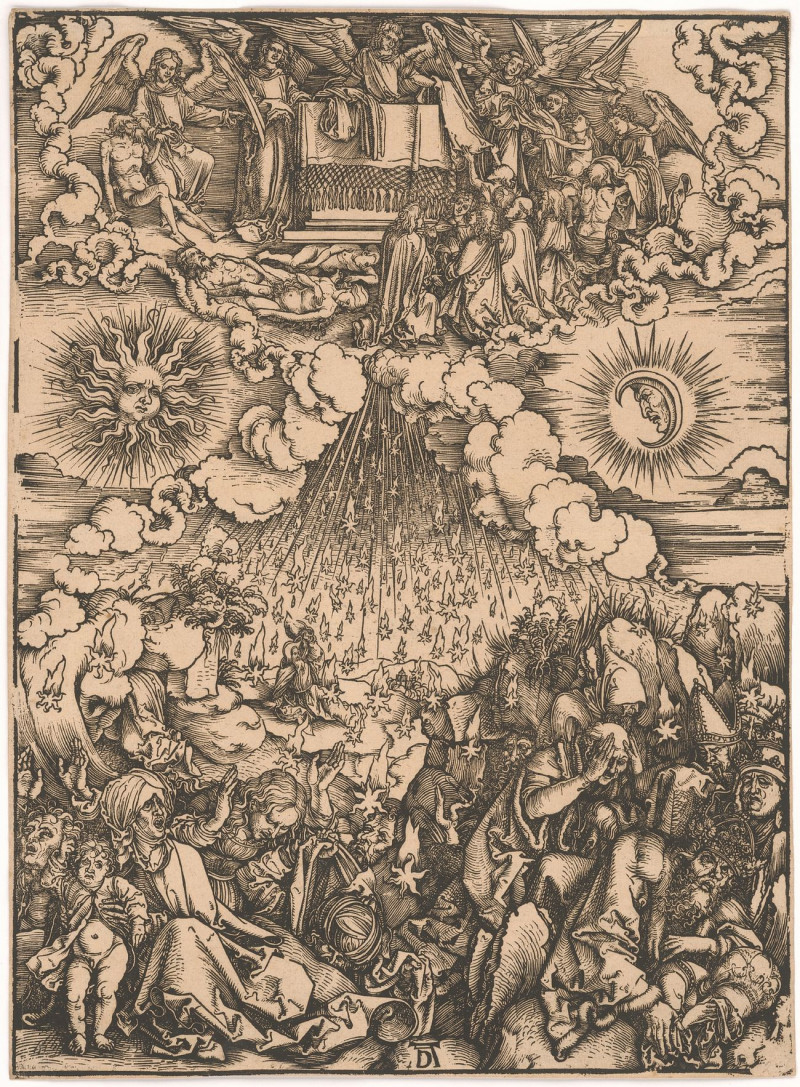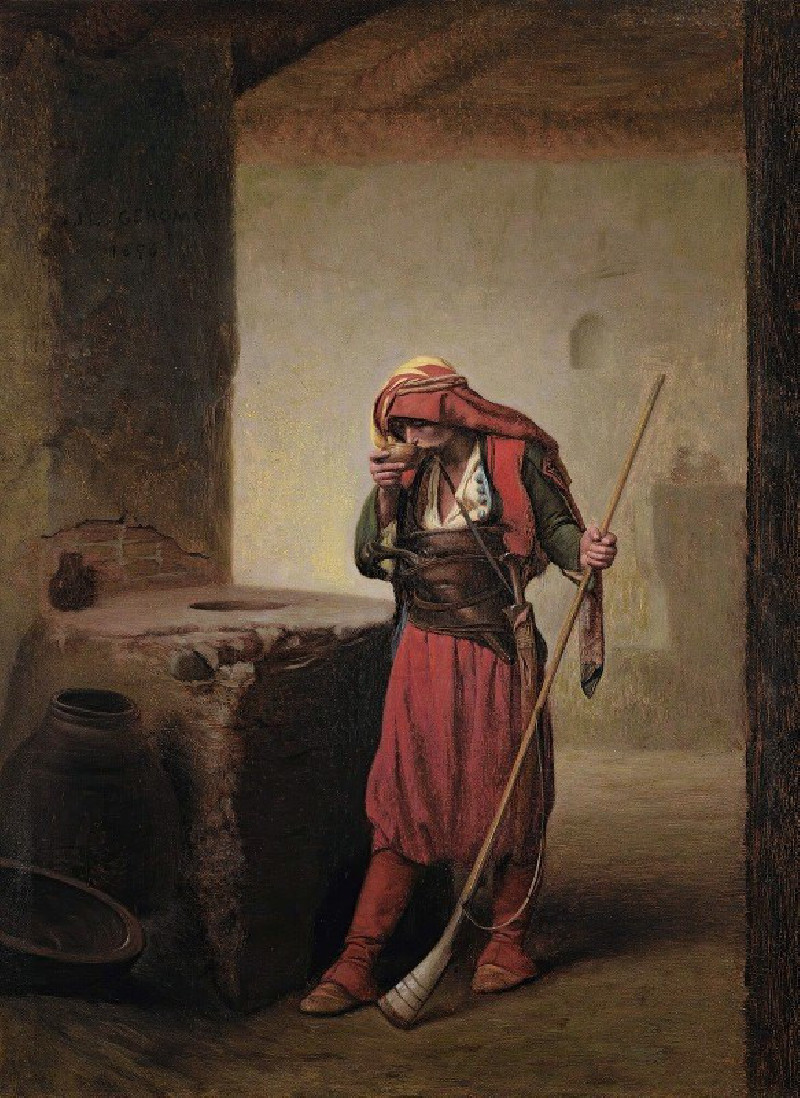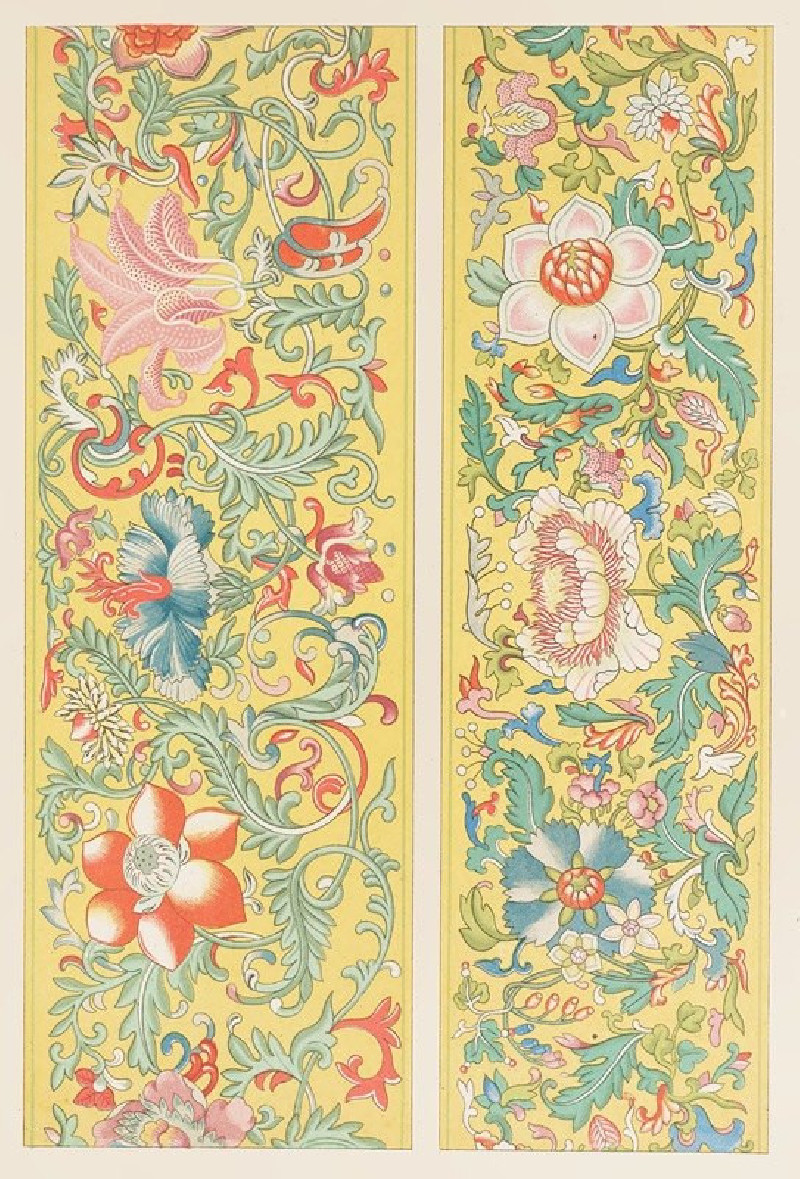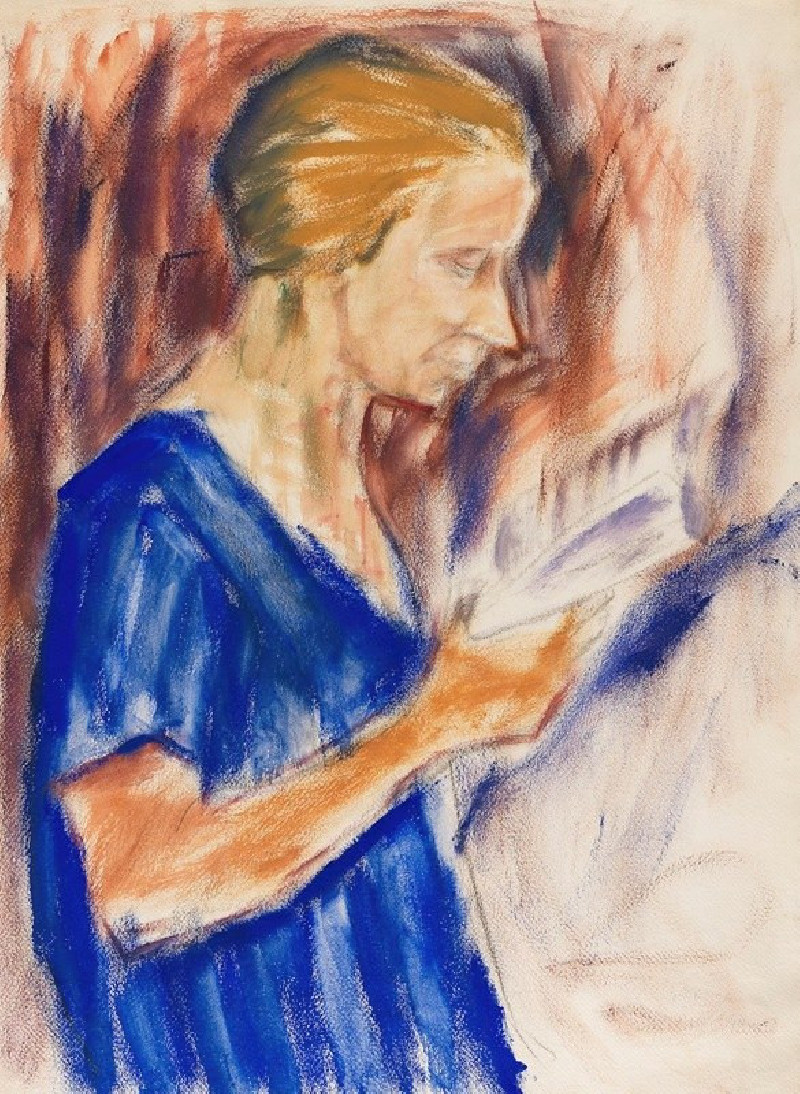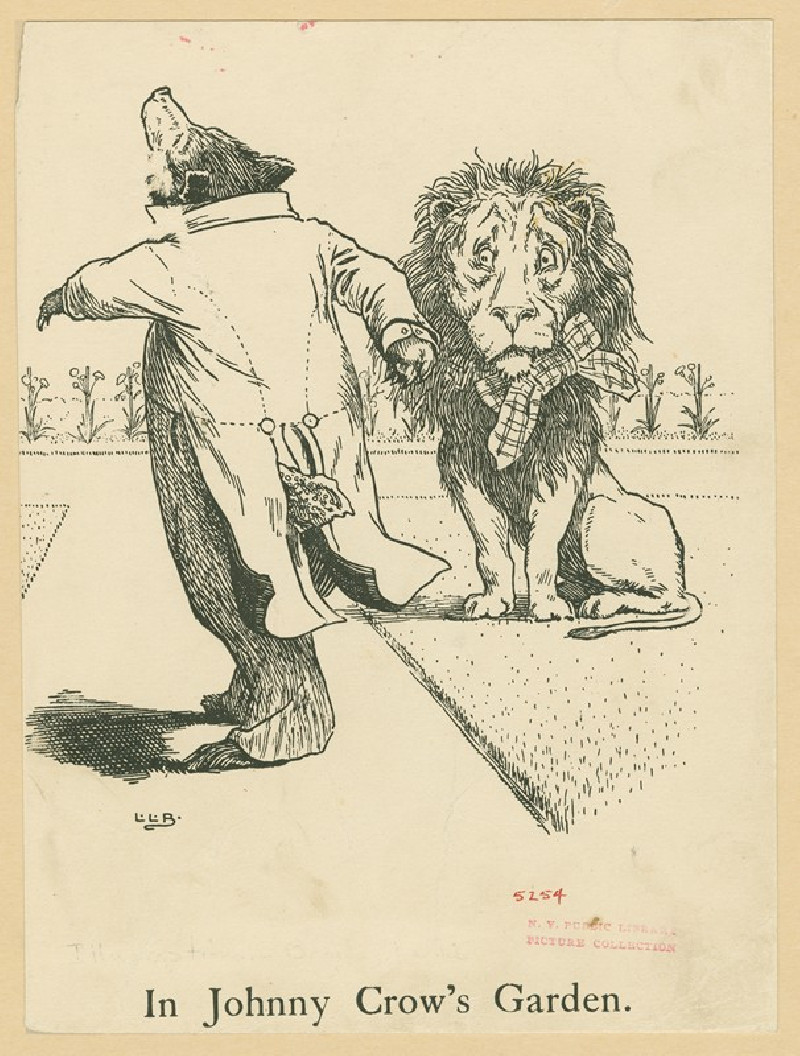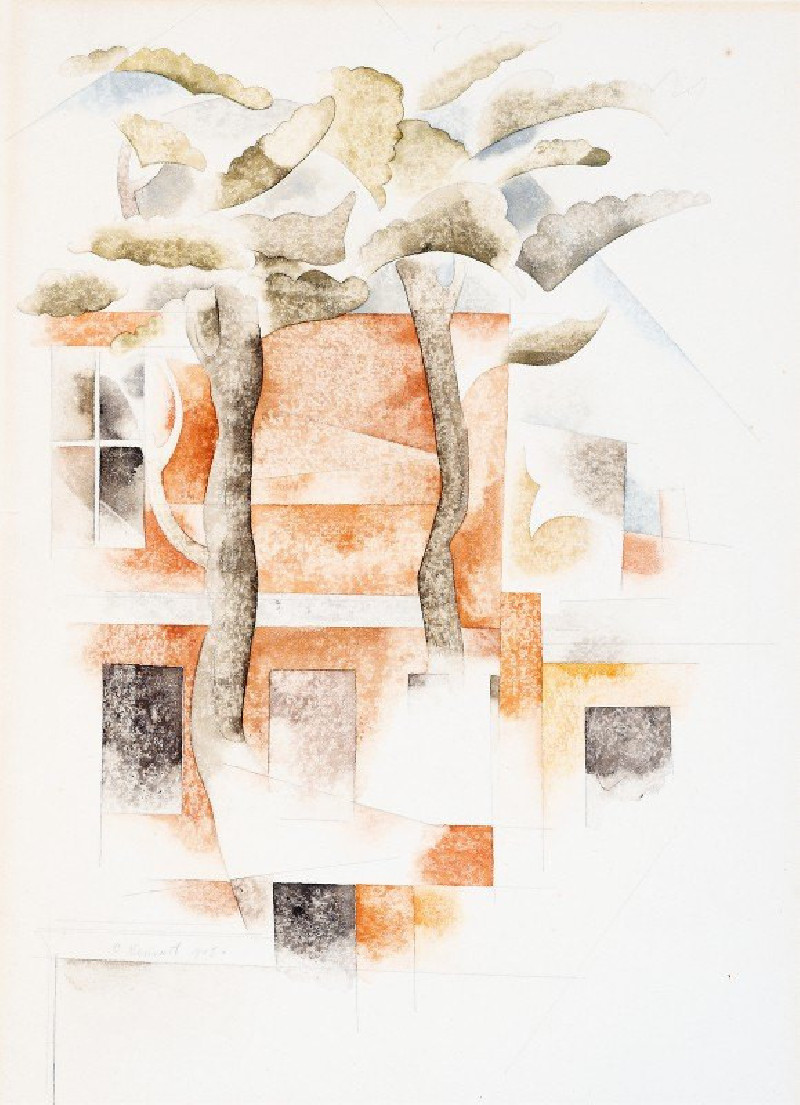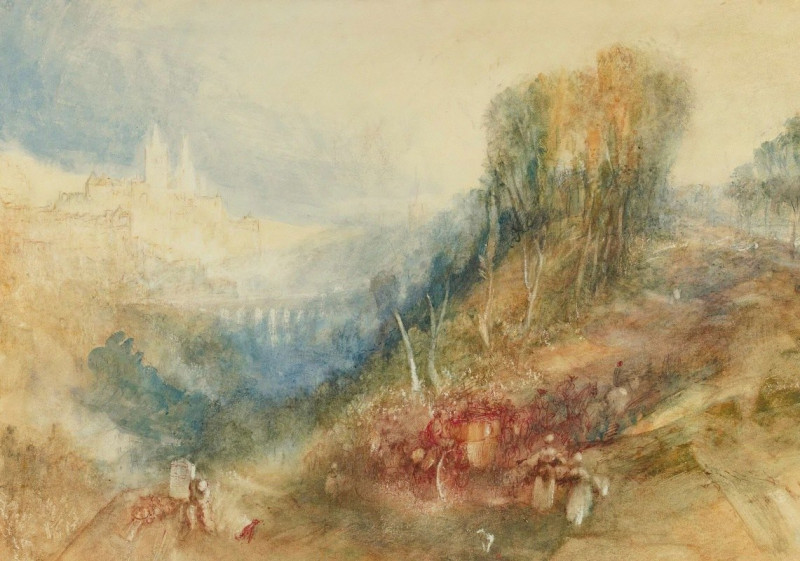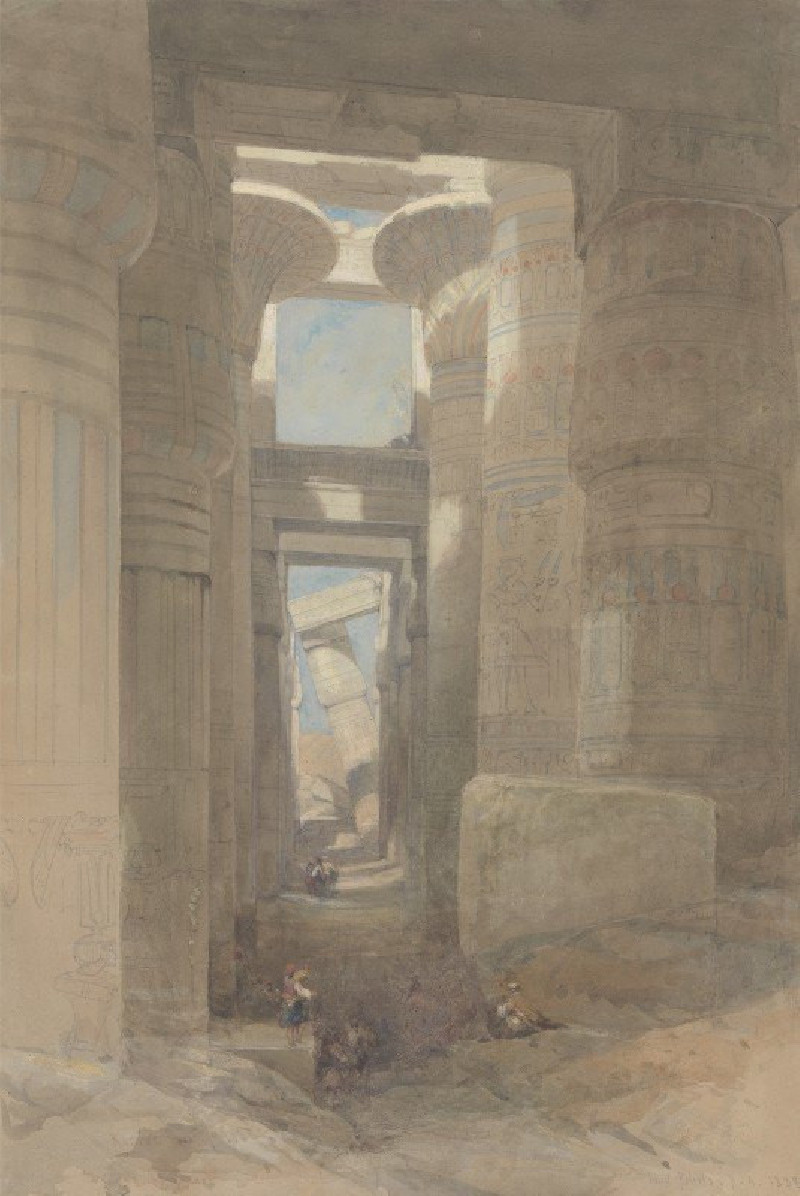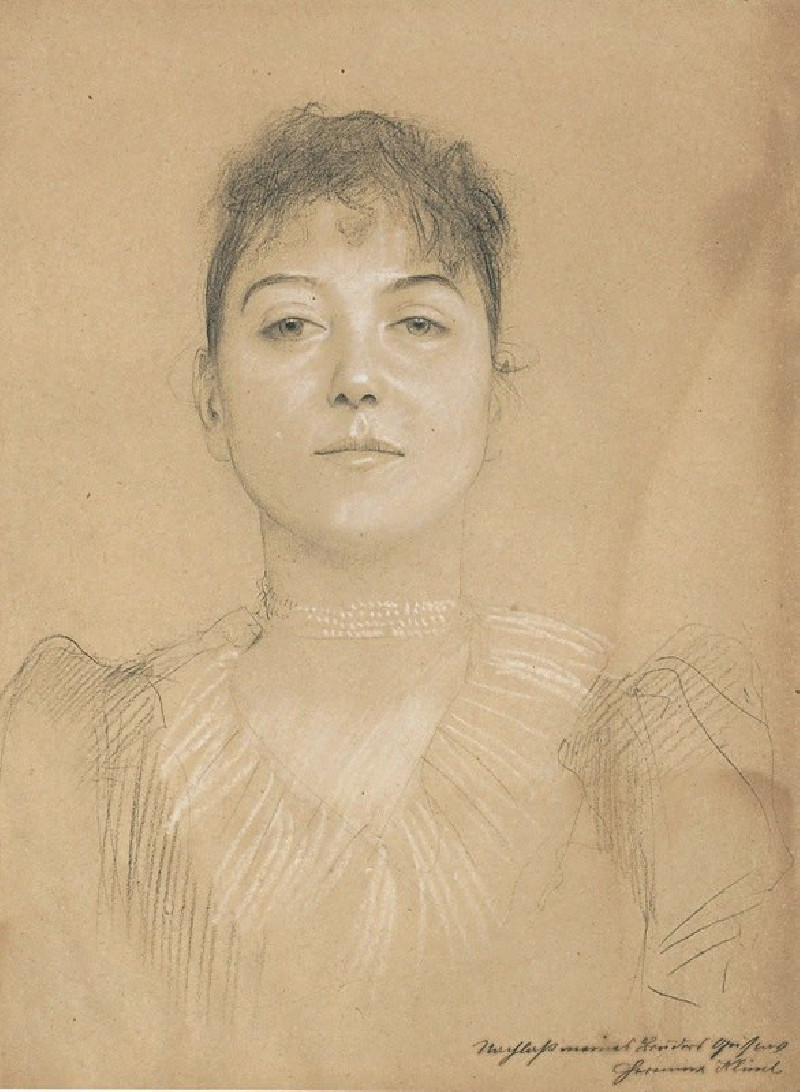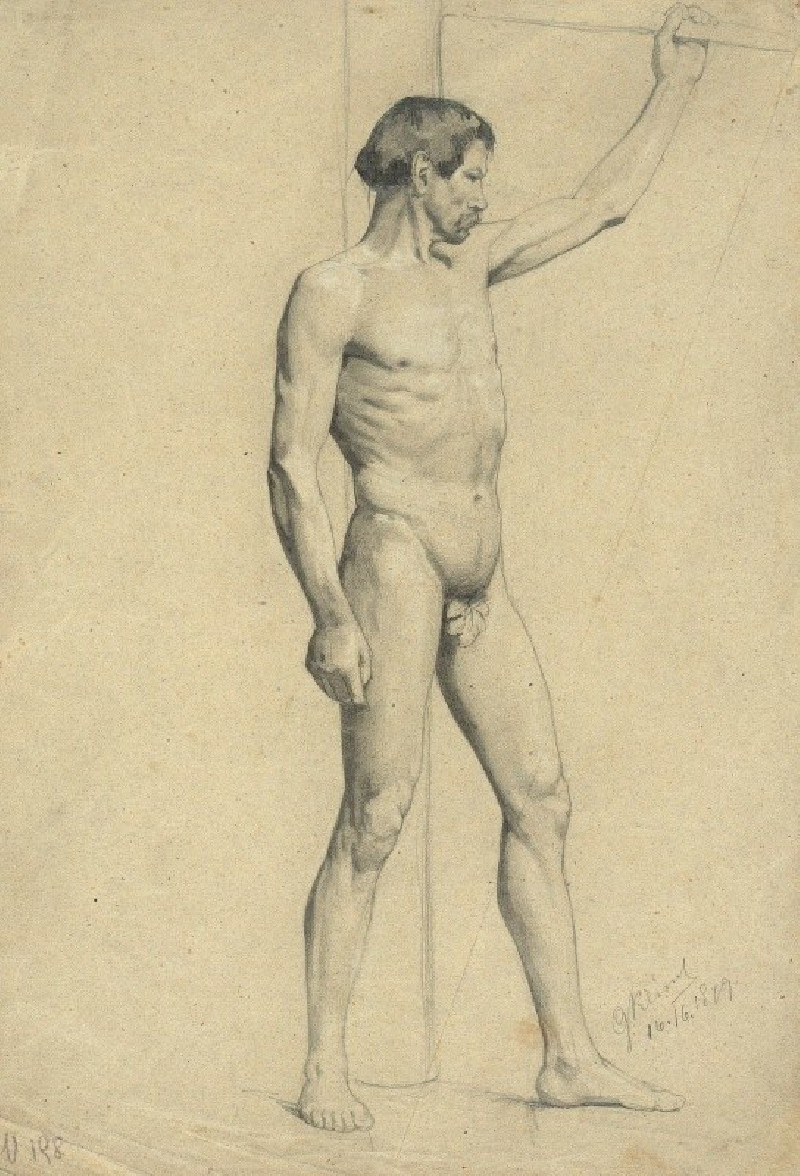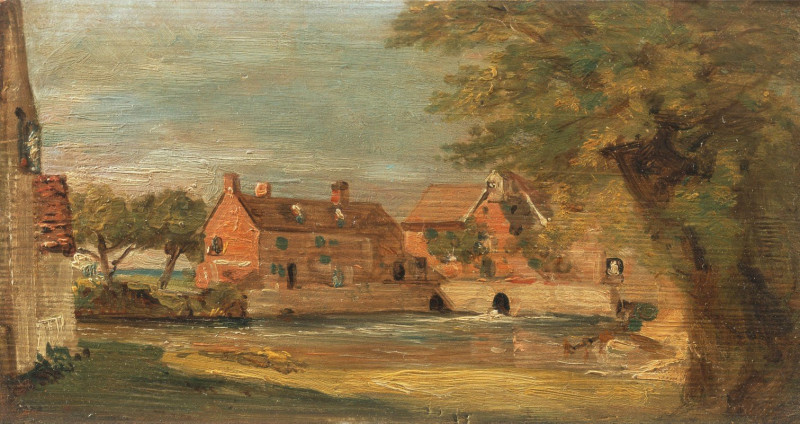The Painter Marten Pepijn (1632)
Technique: Giclée quality print
Recommended by our customers
More about this artwork
Artist: Anthony van DyckYear: 1632"The Painter Marten Pepijn" is a captivating portrait by the eminent Flemish artist Anthony van Dyck, painted in 1632. This artwork delves into the personality and appearance of Marten Pepijn, a respected painter of the Baroque era. Van Dyck, renowned for his masterful portraiture, employs a subdued palette and expert lighting to draw attention to Pepijn's expressive face and the textures of his attire.In the painting, Pepijn is depicted with a dignified and thoughtful demeanor. His gaze slightly off to the side, coupled with a slight, knowing smile, suggests a man of wisdom and experience. The intricate lace collar and the solemn black attire highlight his status and profession, typical of the fashion of the period.Van Dyck's brushwork is particularly noticeable in the rendering of the lace detail and the soft facial features, which convey a realistic and gentle portrayal of the subject. The dark, muted background serves to enhance the figure of Pepijn, making him the focal point of the composition.
Delivery
Returns
Sir Anthony van Dyck (1599 – 1641) was a Flemish Baroque artist who became the leading court painter in England after success in the Spanish Netherlands and Italy.
The seventh child of Frans van Dyck, a wealthy Antwerp silk merchant, Anthony painted from an early age. He was successful as an independent painter in his late teens, and became a master in the Antwerp guild in 1618. By this time he was working in the studio of the leading northern painter of the day, Peter Paul Rubens, who became a major influence on his work.

